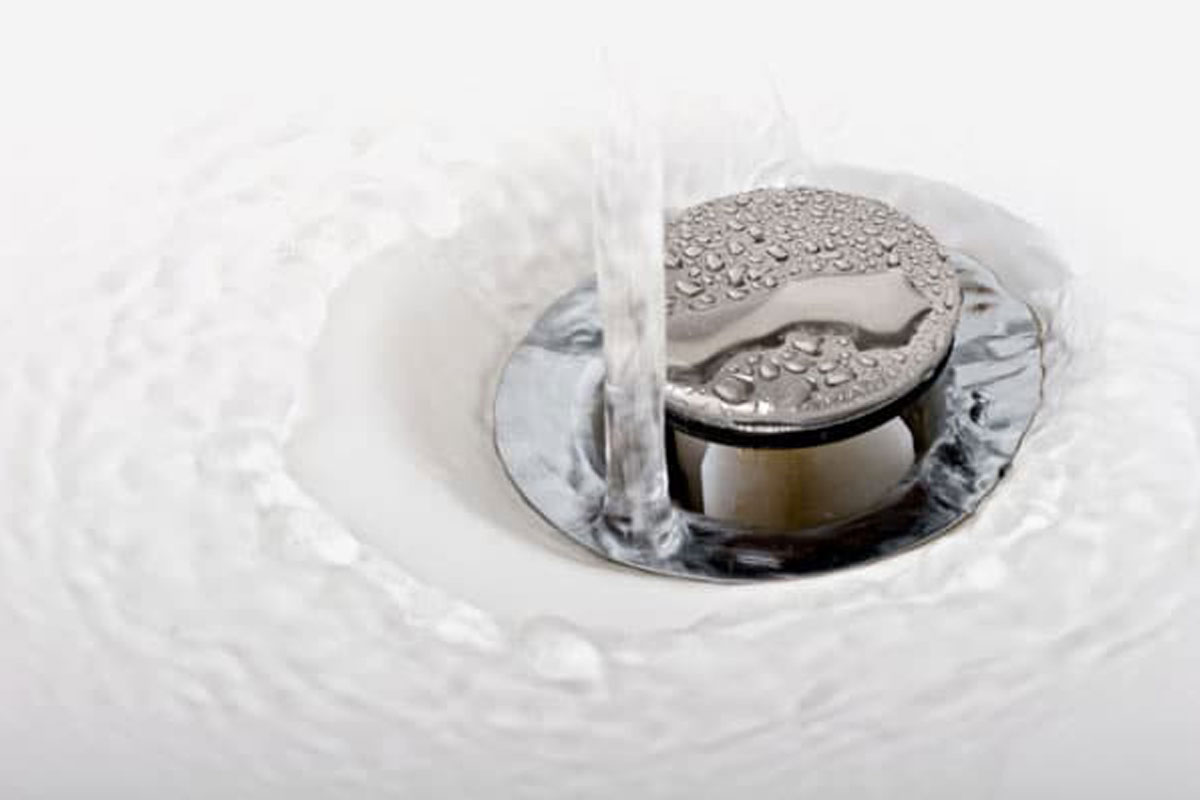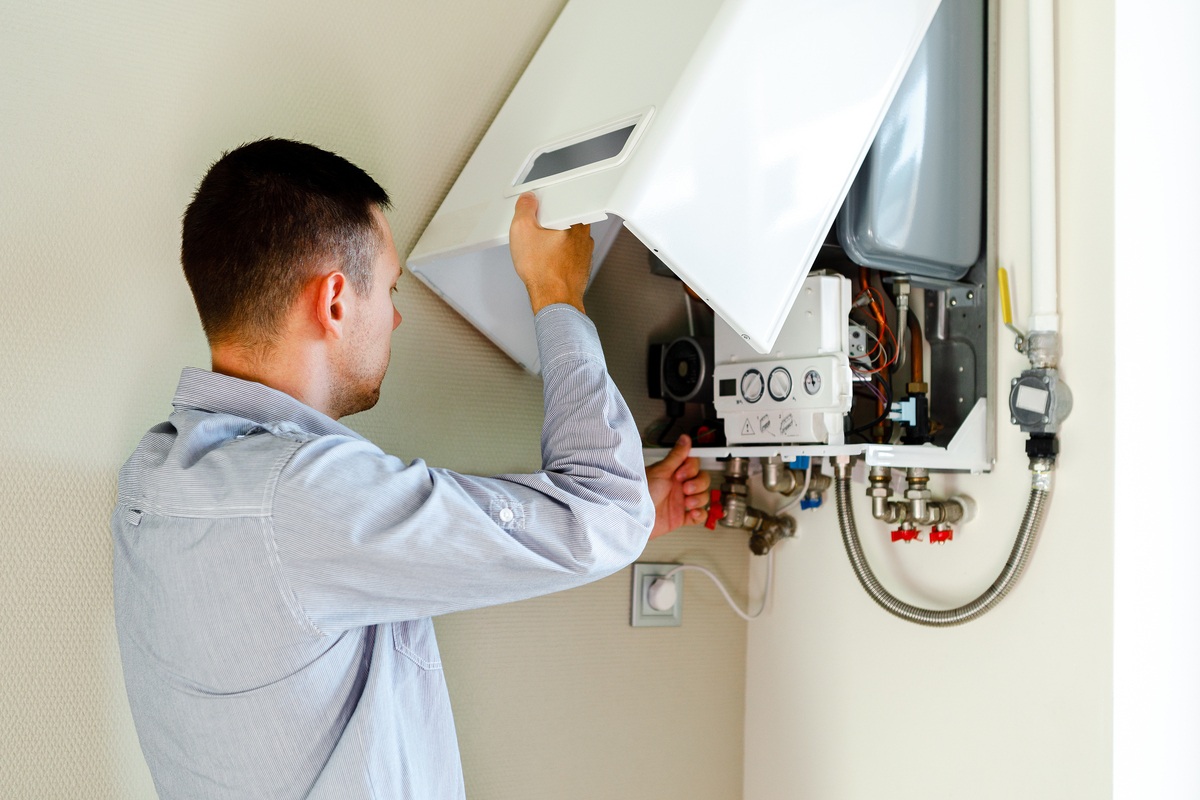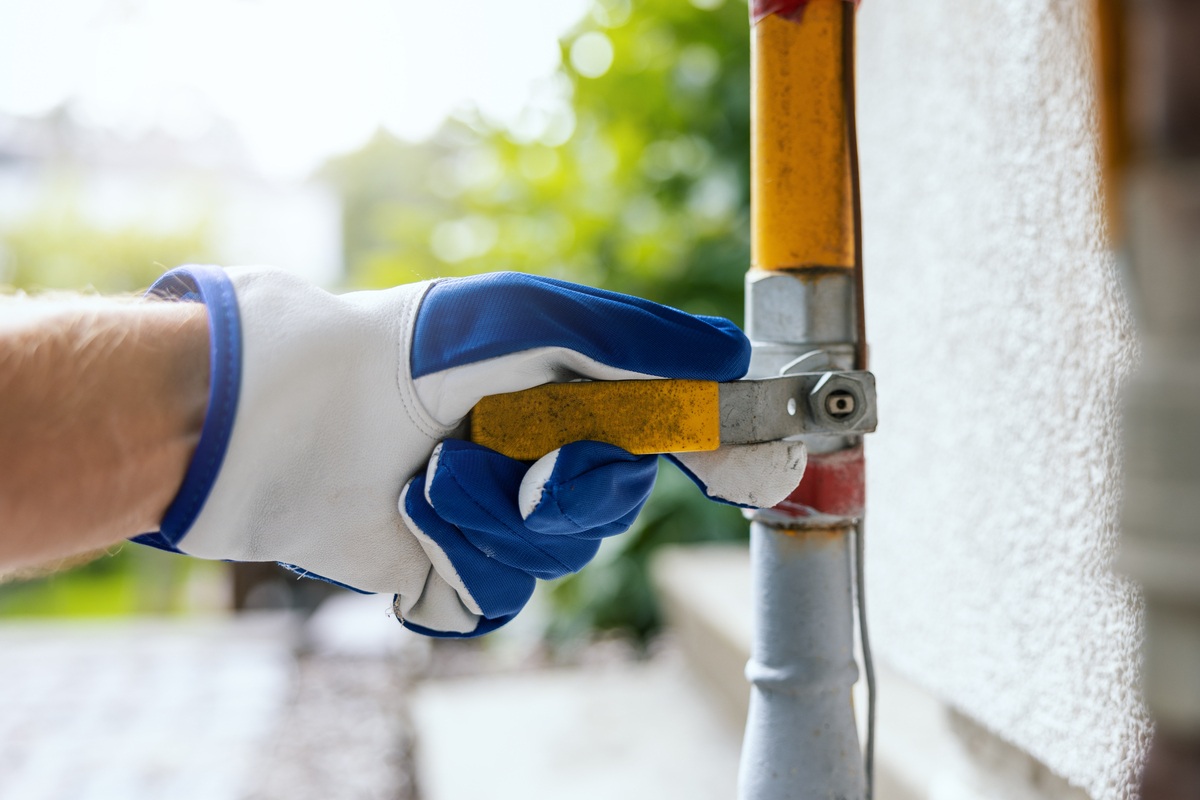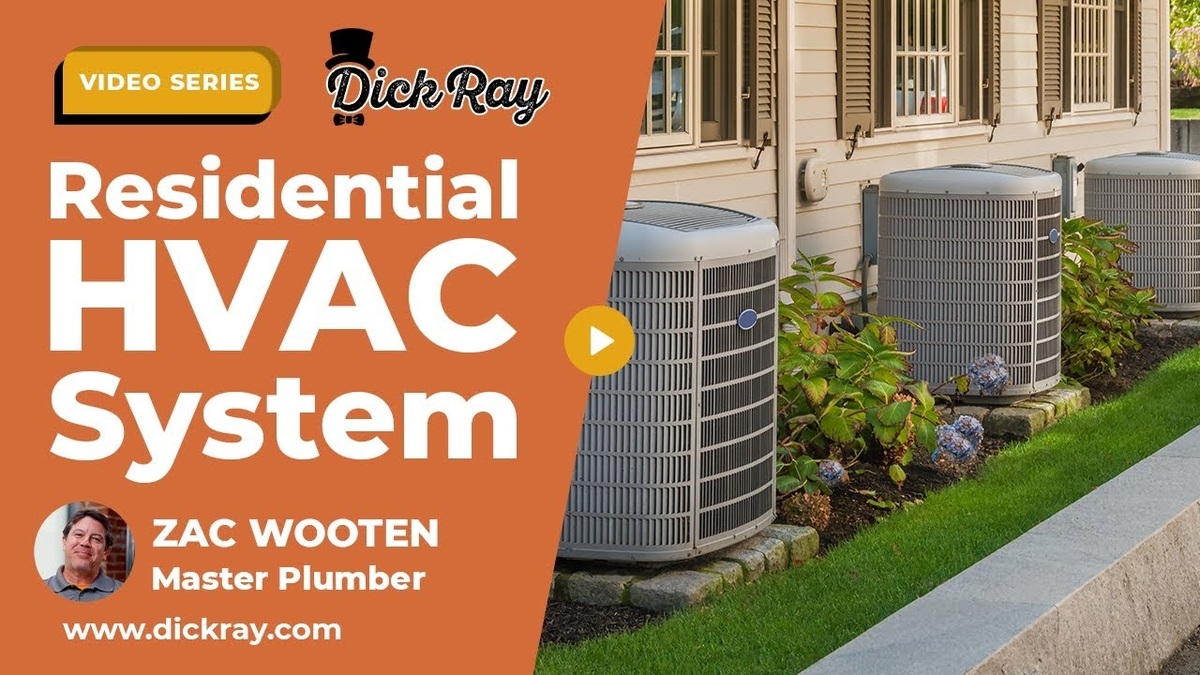Garbage Disposal Safety Tips
A garbage disposal is a nifty, useful tool to have in the kitchen. It makes cleaning easier and promotes hygiene while working with food. As you know, it also poses a safety concern if left unattended, especially to little, curious hands that are fascinated by the oscillating blades in the sink.
Unfortunately, accidents happen — which is why we’ve compiled some garbage disposal safety tips to keep you informed of required troubleshooting, safety measures and do’s and don’ts that should help keep you and your family safe when operating a garage disposal.
How Does a Garbage Disposal Work?
A garbage disposal consists of three main components:
- An electrical unit that is fixed beneath the sink
- A cord that is connected to the unit and a power source close by, ideally above the sink against the wall
- Impeller blades are located in the sink basin and rotate at a high speed when switched on at the power source
When you wash up, any leftover food is discarded by scraping it directly into the garbage disposal. The impeller blades grind the food into small pieces that can easily pass through your drainage system. Adding water that runs from the cord aids in breaking food particles down, similar to a blender. Water acts as a lubricant in this case without it, the blades may run the risk of breaking due to corrosion of dry ingredients.
This negates the need for waste to be removed from a bin that might end up decomposing in a landfill, causing damage to the environment.
Garbage Disposal Parts and Purposes
The parts of a garbage disposal include:
- Sink plug rubber shield: A continuous feed disposal has a rubber shield attached to the sink drain’s bottom. Food is pushed down through the rubber shield, and then the disposal is turned on via a switch. Batch feed models require first turning a sink plug in the disposal’s opening, which then activates the on-button.
- Body: This is the main piece of the disposal, which is often a cylinder, and it houses the motor and other parts that power the disposal.
- Power cord: The power cord connects the disposer to an electricity source.
- Motor: The motor is what powers the blades that grind and chop up the food pieces.
- Sink flange: This part holds the disposal in place under the sink. If you suspect your garbage disposal is leaking, this is the first place to check because it can cause a leak if it becomes loose.
- Reset button: The garbage disposal reset button is located on the bottom of the disposal, and it pops out when the disposal’s circuit breaker is tripped.
- Pipe from the dishwasher: The pipe running from the dishwasher to the disposal gets rid of food particles that come off of dishes during a wash cycle.
- Drain piping: The drain pipes take the ground-up food particles away from the garbage disposer.
- Air break: This crucial component prevents dirty water from making its way from the drain into the dishwasher.
- Crank socket: Used to manually free any food and waste that has become lodged between the disposal blades.
- Impeller blades: These sharp metal blades move at high speeds to cut up food waste into tiny particles.
Common Garbage Disposal Issues
From time to time, you might come across issues that interrupt the garbage disposer from operating efficiently. Some may be more serious than others, but they can be identified upon inspection. As a rule of thumb, whenever the unit stops working and you’re tempted to see if something is stuck between the blades, do not insert your fingers or any other object in it. This is a bad idea altogether, regardless of whether the power source is switched off.
Here are the most common problems associated with garbage disposals and how you can distinguish them:
- Sink Flange Leaks: With constant vibrations due to the grinding action of the impeller blades, you can expect parts to come loose at some point. This is especially common with the flange that attaches the garbage disposal unit to the bottom of the drain opening beneath the sink. This is evident by water leaking from the top of the disposer. The sealant that holds the pieces together may be old and used, making it less durable to serve its purpose. It’s also possible that the flange was installed incorrectly so it’s best to seek the advice of a professional plumbing contractor.
- Water Leaks: If you notice water leaking or dripping from the bottom of the unit in the cupboard, the flywheel seal could be cracked or broken. Sometimes it can be fixed by an experienced plumber, but these repairs are often costly, so replacing the entire unit is a better alternative.
- Draining Slowly: If you use the garbage disposal often, you could risk clogging it up with food particles that weren’t meant to be disposed of in this way or just weren’t chopped up finely enough. Big, chunky pieces could get stuck far back in the pipe so you’d require an expert’s assistance to remove it because you won’t be able to reach it yourself.
You’ll notice this when the water drains slower than usual when you try to use the unit. Avoid adding more food as it will only worsen the situation. - Disposal Won’t Start: Electrical issues are the main reason a garbage disposal unit won’t start. It could be something as simple as the reset button popping out or the cord being unplugged, but it could also indicate an issue with the circuit breaker that needs attention. Check all of these first to rule them out before you contact a plumber to get to the bottom of things.
- Disposal Makes Noise but Isn’t Running: You might switch on your disposer to use it, only to hear a humming sound without any impeller movement. This usually signals an issue with the impeller blades or flywheel being jammed. The main culprit for the blades jamming is usually unsuitable food parts or an object that wasn’t meant for disposal. Avoid leaving the unit on when this happens as it could burn out the motor.
Garbage Disposal Safety Measures
Safety is everyone’s priority and with any electrical appliance, there are measures that will help ensure you and your family are safe from potential injury when operating a garbage disposal. Since they use sharp blades to perform their function, they pose a risk to inexperienced users like kids or homeowners who attempt to repair it without the necessary skills and knowledge.
It’s important to understand the risks of this kind of equipment to prevent accidents that can lead to cuts, other hand injuries and electric shock. Besides these hazards, your home’s septic system could overflow, posing its own health risks.
- Injury: Under no circumstances should anyone place their fingers down a drain to check the impeller blades or remove a food item that’s stuck. These blades are like surgical blades and are sharp enough to cut off fingers clean. You might think it’s safe when the switch is off, but it’s best not to do it anyway. You should practice extra caution when young children are around and teach older kids how to use it correctly. A batch feed disposal is helpful to install since it requires extra effort to switch on, making it harder for little ones.
- Electric Shock: Water and electricity are needed to operate a garbage disposal unit as we all know, they don’t go together. There’s always a small risk of electric shock because of the close proximity in which you use water and the power source to operate the disposer, so extra care should be taken to prevent this.
- Older: Worn units are also more prone to electrical shorts and should ideally be replaced instead of being forced to work under strain.
- Septic Overflow: Your home’s septic system could become backed up if food is stuffed in it without being disposed of correctly. The issue is that over time, your septic system can become overloaded and back up into the house or up into your lawn. Besides being gross, this can also result in harmful bacteria being introduced into your water supply, which can make your family ill. Be mindful of the items you wash down your drain to avoid your septic tank from overflowing. Certain materials like grease and oil can clog up your entire system, leading to bigger issues if left unattended.
Garbage Disposal Do’s and Don’ts
When it comes to properly using garbage disposals, there are some basic rules to follow for optimal use.
Do’s:
- Allow a professional to install your unit to ensure it is connected properly and safely.
- Know what is and is not safe to put into the disposal.
- Clean your disposal regularly using a mixture of vinegar and baking soda.
- Use ice cubes about once a week to sharpen the blades.
- Flush food down into the disposal with cold water.
- Continue to run cold water down the drain for 15 seconds after you turn off the disposal.
- Have your garbage disposer replaced when it begins to show signs of age.
Dont’s:
- Place potentially harmful substances down the drain, including latex or oil paint, grease or animal bones.
- Wash egg shells, fibrous vegetables or potato peels down the drain.
- Use hot water while the disposal is running.
- Overfill the disposal, which puts unnecessary strain on the motor.
- Turn off the water before the disposal stops running.
- Attempt to repair or replace a garbage disposal without turning off the electricity first.
This may seem like a lot of rules for such a small appliance, but they’re so important that we couldn’t narrow it down. If you’re looking for a way to remember them, just think about it this way:
- Don’t overload your garbage disposal.
- Keep plenty of cold water flowing through it anytime the disposal is running.
- Don’t put anything down the pipes that could expand or get stuck later.
Schedule an Appointment With Dick Ray Master Plumber for Garbage Disposal Repair or Installations
If you need your garbage disposal repaired or are interested in having a new one installed, call Dick Ray Master Plumber. We are plumbing specialists you can count on, any time of day or night.
Trust us to get the job done safely and efficiently.
Call us at (913) 214-8770 or complete a contact request form and we’ll get in touch.





